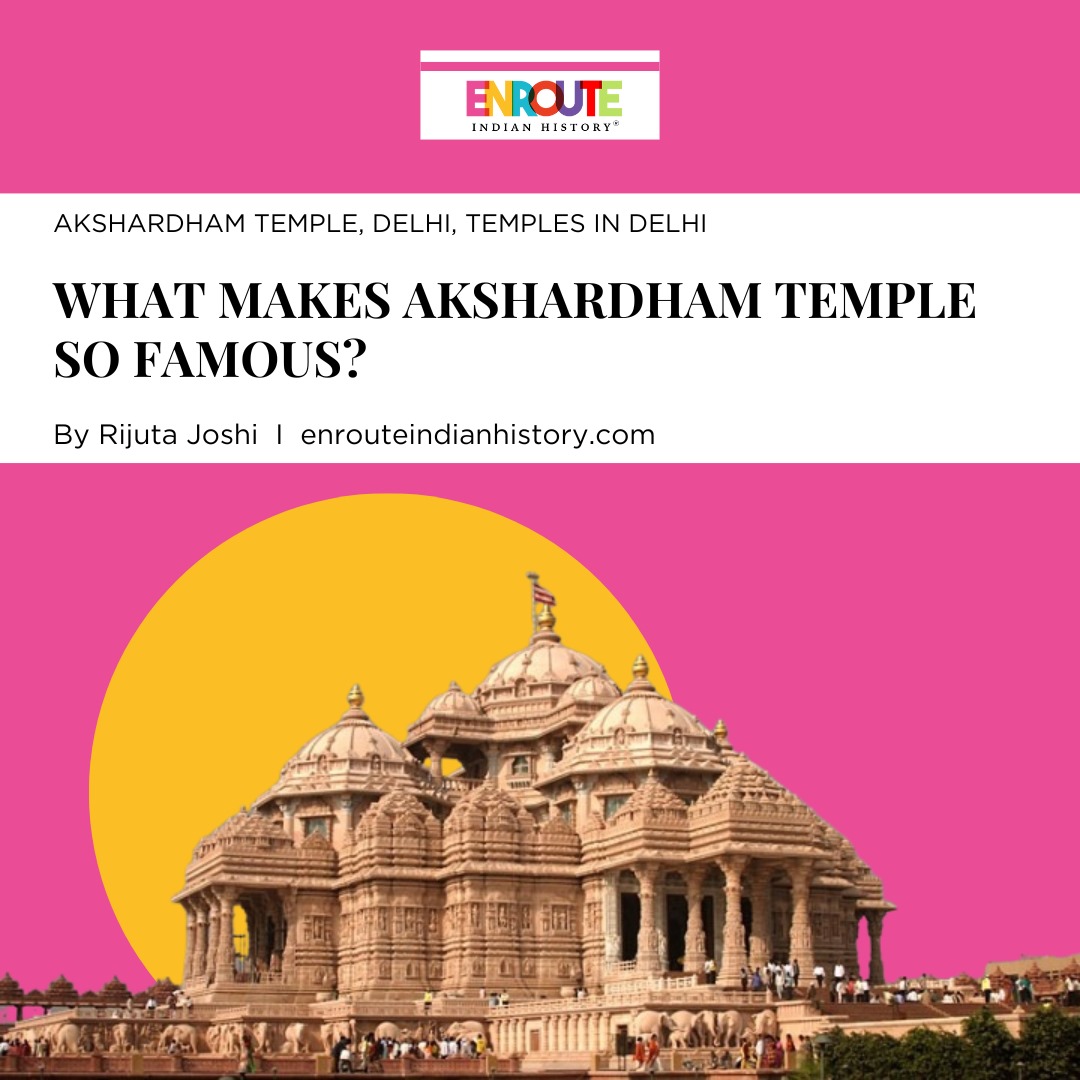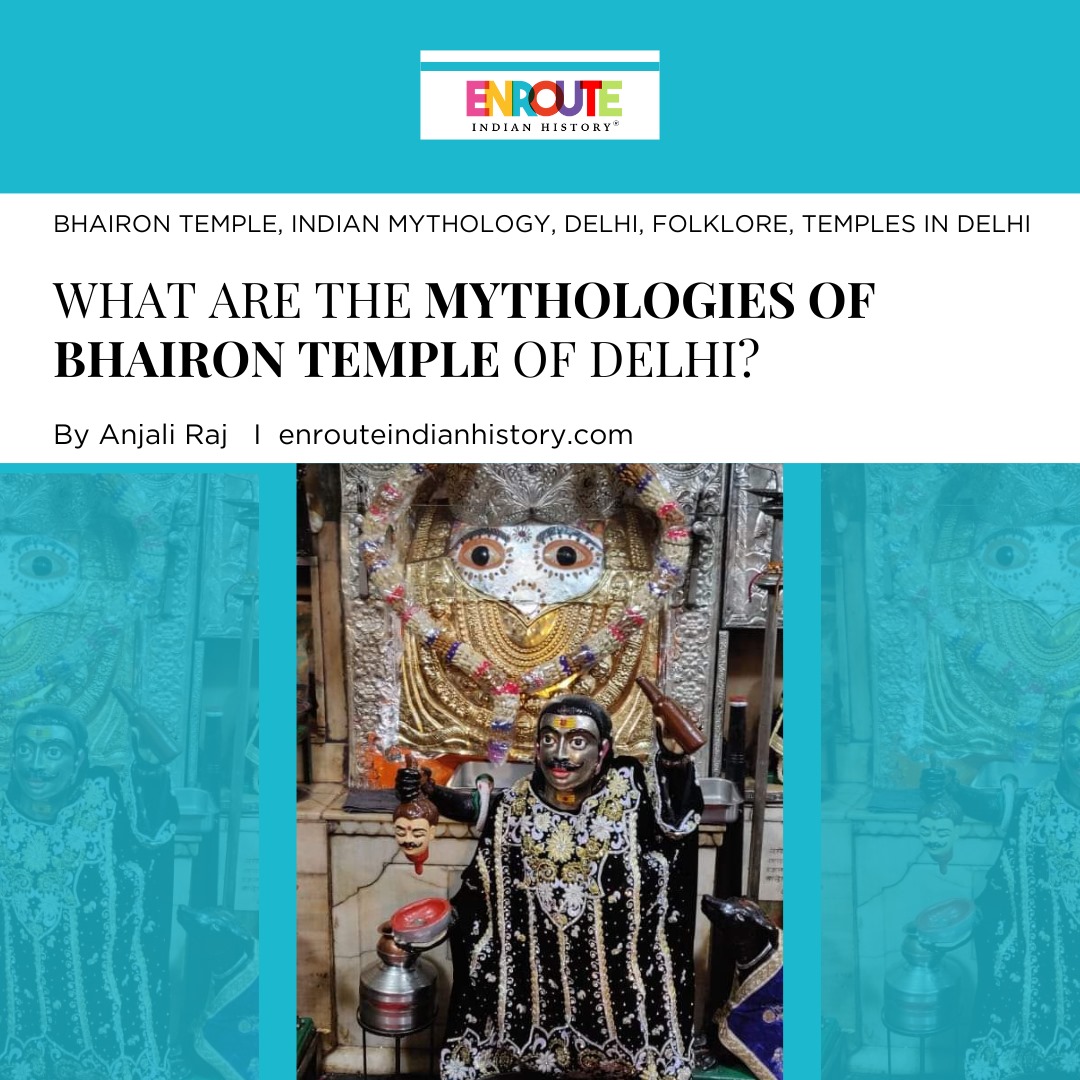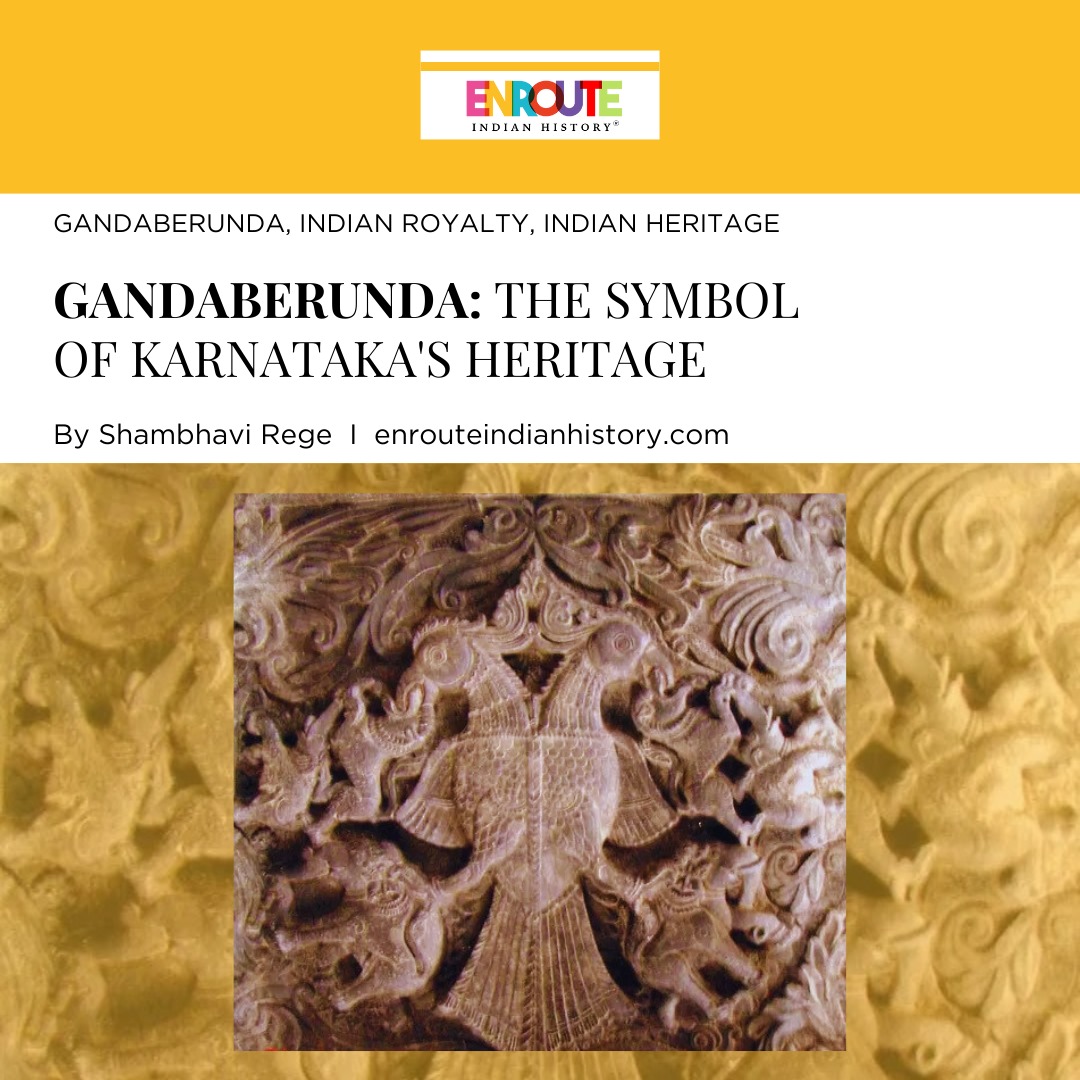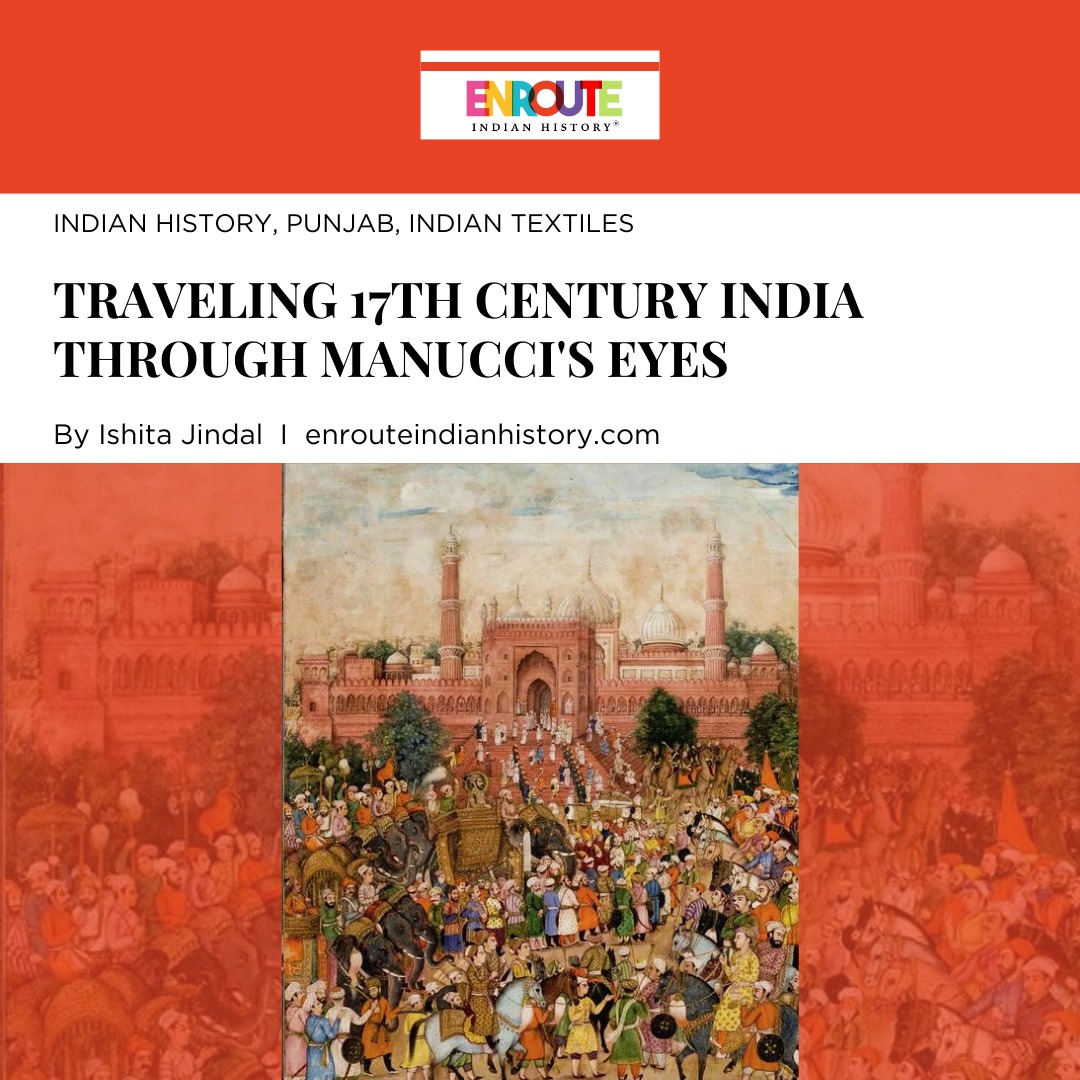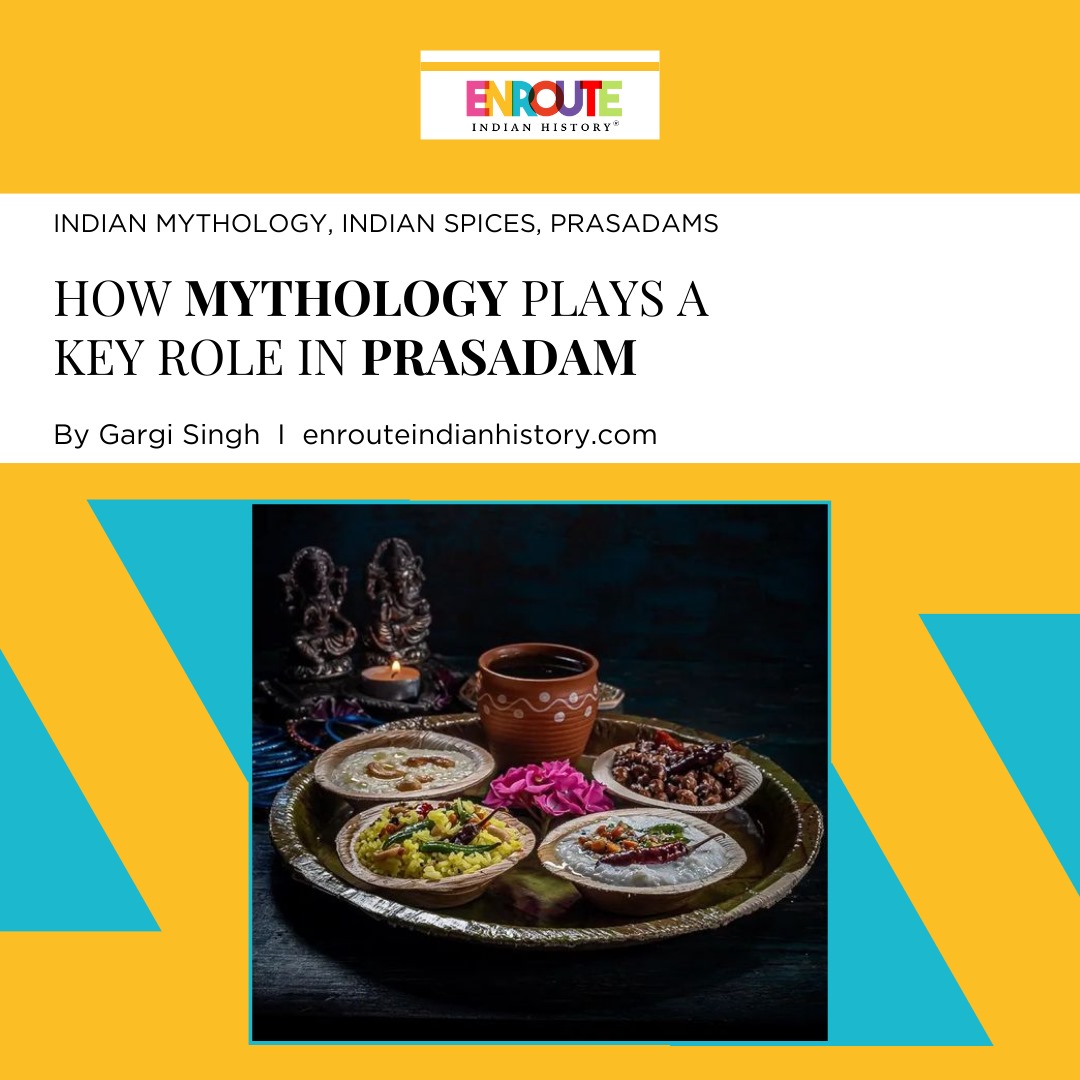How did Ancient India Study The Stars And Astronomy?
- enrouteI
- December 15, 2023

Throughout the annals of time, humans have been captivated by the expansive celestial canvas that stretches across the cosmic expanse. From the luminous stars that illuminate the night to the stately planets gracing our solar system, the cosmic sky has consistently held a special place in the hearts and minds of people around the world. This fascination with the celestial realm has transcended cultural, generational, and civilizational boundaries, becoming a timeless source of inspiration and awe. Since ancient times, diverse civilizations, including the Arabs, Indians, Chinese, Greeks, Persians, and Egyptians, have been entranced by the infinite vastness above them. Gazing at the celestial sphere, each culture brought its unique perspectives, beliefs, and methodologies to the study of the skies, creating a rich tapestry of astronomical knowledge. From the earliest epochs of human existence, the sun, moon, and stars have held a profound fascination and people from various civilizations have marveled at celestial wonders, from the movements of planets to the intricate patterns of stars and constellations. These cosmic phenomena have been accompanied by captivating stories and beliefs, interpreted and understood in diverse ways across cultures. Indians have always been fascinated by the stars, be it deciding who would be the heir to the throne based on which constellation one was born under, or be it the Bollywood lovers claiming to fetch the stars for their partners. so the question that arises is how Indian mythological constellations contribute to the cultural heritage, artistic expressions, and moral teachings, and what is the enduring impact of these celestial narratives on contemporary creativity in India.
The Indians, renowned for their mathematical prowess, developed sophisticated astronomical systems seamlessly integrated with their religious and philosophical beliefs. The roots of Indian astronomy can be traced back to the Indus Valley civilization: the Vedas, ancient scriptures dating back to 1500 BCE or earlier, serving as a foundational source. In ancient astrology, planets were perceived as celestial wanderers, each possessing a distinct personality and influence. The alignment of planets was deemed significant and believed to directly impact human affairs. The Hrishis, who were revered sages in ancient India, acquired knowledge about the stars and heavenly entities by using a blend of observation, intuition, and legendary narratives. The ancient Indian sages held the belief that the cosmos consisted of five fundamental elements: earth, water, fire, air, and ether (or space). They used many mythical narratives and texts to acquire knowledge about celestial bodies such as stars and planets. One of the oldest known Indian astronomical works is Vedanga Jyotisha (1200 BCE), which describes calendrical analysis, and astronomical calculations, and sets guidelines for empirical observation. The celestial bodies were not mere distant objects; they held deep symbolic meanings. stars, planets, and other celestial bodies were often associated with deities and spiritual beings.
Across various civilizations and regions of India, intricate mythologies and belief systems intertwined with observations of the night sky, attributing divine qualities to these celestial entities. In ancient times, people observed celestial objects and their movements, attributing them to natural phenomena such as rain, drought, seasons, and tides. It is believed that the origins of professional astronomy trace back to the priests known as the Magi, among the first to delve into the study of the universe. Their knowledge, often regarded as divine due to its association with astrology, laid the groundwork for the development of astronomy as a disciplined pursuit. The late Gupta period, or the 5th and 6th centuries, marks the start of Indian astronomy’s classical age. During this period, Varāhamihira’s (505 CE) work Pañcasiddhāntikā roughly describes how to use a gnomon to determine the meridian direction from any three shadow locations. During this time, several important studies by prominent astronomers were completed. In addition to Aryabhata, other notable figures were Brahmagupta, Varāhamihira, Bhāskara I, and others in the field of mathematics and astronomy.
Tales and legends associated with constellations.
Stars have held a special place in bedtime stories in Indian culture, as it was not considered odd to sleep on the rooftops in the summer. For generations, mothers have relied on the night sky as a canvas for storytelling, using the stars as characters and plot points. In the Indian night sky, constellations weave a rich narrative intertwined with gods, goddesses, and legendary figures from the vast expanse of Indian mythology. Thus most of the stories were related to the mythology itself. These stellar arrangements, seen as divine handiwork, serve as celestial markers for stories that echo through the ages.

The Seven Sages ( Painting-Government museum and art gallery, Chandigarh
One prominent constellation in Indian mythology is the Saptarishi, the Seven Sages, or the Big Dipper. According to Hindu tradition, these seven stars represent the revered sages who guide the course of time and creation. Legends speak of their pivotal role in shaping the destiny of the cosmos. The Saptarshis in question are Atri, Gautama, Jamadagni, Vishvamitra, Vasishtha, Kashyapa, and Bharadvaja. Many lists occur in books written after the Vedas; among these rishis, some were acknowledged as the “mind-born sons” of Brahma, the Supreme Being’s incarnation as Creator. Maheshvara, often known as Shiva, is sometimes shown as the destroyer, whereas Vishnu is often seen as the preserver. The birth of these seven rishis was enshrined in mythology as they were regarded to be among the first eight rishis and so the progenitors of the Brahmin caste.

The Hunter Constellation ( photo by Pngtree)
There are several tales and fables in Indian mythology that are connected to the warrior constellation. The Rigveda refers to the Orion Constellation as “Mriga”, which translates directly to “the deer.” Referred to as ‘the cosmic dancer,’ Nataraja is sometimes seen as an incarnation of Orion. Additionally, the constellation is associated with Shiva’s Rigvedic avatar, Rudra. But the most talked about legend related to Orion is of the seven-year-old boy Kalpurush.
Long ago, a wicked demon named Tarakasura terrorized the earth, causing storms and chaos wherever he went. His ultimate goal was to conquer the heavens and to achieve invincibility, he undertook a rigorous penance for a thousand years. Lord Brahma appeared before Tarakasura and, when asked for immortality, explained that it was impossible. Instead, Tarakasura cleverly requested that he could only be slain by a seven-year-old child, thinking he had outsmarted Brahma. Armed with this boon, Tarakasura attacked the heavens, defeating the gods and taking them as prisoners. Desperate, the gods sought Lord Brahma’s guidance, who revealed that only the son of Lord Shiva could defeat Tarakasura. However, Shiva was in deep meditation, grieving the loss of his wife, Sati. To break Shiva’s meditation, the gods devised a plan to win the heart of Parvati, the beautiful daughter of the Himalayas. With the help of Kamadeva, they succeeded, and Shiva and Parvati were married. Their son, Skanda, was trained in warfare by both Shiva and Vishnu. By age seven, Skanda had mastered divine weapons, including the supreme spear, Shakti. He led the army of gods in a fierce battle against Tarakasura, ultimately thrusting the celestial spear into the heart of the demon. Skanda’s incredible feat earned him a legendary status, and he ascended to the heavens, securing his place among the stars.


Sculpture depicting Garuda flying with an elephant and tortoise in his claws. ( left photo by masalamug.com, right by BBC Sky at Night magazine)
The tale of Brahma and Saraswati, the Hindu gods and goddesses, is said to revolve around the constellation Cygnus. The story goes that Brahma, disguised as a swan, swooped over the cosmic seas in quest of a suitable spot to construct the cosmos. He landed on a lotus flower that he had seen emerging from the water as he was flying. The cosmos was born when Saraswati descended from the lotus and joined forces with the divine. Apart from this, the story of Garuda is widely linked with the swan constellation.
In the ancient valley of Kashmir lived Sage Kashyapa, a son of Lord Brahma and an author of the Rigveda. Married to thirteen daughters of Prajapati Daksha, including Vinata, Garuda’s mother. Vinata, tricked by Kadru(one of the other wives), was enslaved by snakes, causing her health to deteriorate due to their venomous breaths. Garuda, Vinata’s son, couldn’t bear his mother’s suffering. Determined to free her, he approached Kadru, who demanded Amrit (nectar of immortality) from Lord Indra’s treasures. To gain strength to fly for such a long distance, Garuda followed his father’s advice to feed on a battling elephant and tortoise near Mansarovar Lake. After overpowering the battling brothers, Garuda flew to heaven, defeating divine armies guarding the nectar. He quelled fires surrounding the Amrit, crossed a rotating wheel, and blinded monstrous animals guarding the vessel. Garuda obtained the Amrit, promising Indra to protect it. Returning home, the snakes rejoiced, but Garuda insisted they bathe before drinking the elixir. Sensing deception, a few snakes tried to stop Garuda, causing a spill. The snakes, licking the spilled Amrit, suffered split tongues, explaining why snakes have forked tongues.

(Photo by Quora)
The story of Arundhati and Vashishta finds its place among the stars of Ursa Major, as the twin stars, creating a timeless tale of love, devotion, and cosmic alignment. Arundhati, a devoted wife, and Vashishta, a revered sage, lived in an era when the Earth and the heavens seemed intimately connected. Vashishta, known for his wisdom and meditation, had chosen a life of asceticism, and Arundhati stood by his side with unwavering devotion. Their love story became legendary, but it was not confined to the earthly realm. The gods, recognizing their exceptional bond, decided to immortalize their love in the night sky. As a celestial reward, the couple was transformed into stars, forever to be united in the constellation Ursa Major, also known as the Great Bear. Arundhati, represented by a faint star, walks alongside Vashishta, symbolized by the bright star in the constellation. This celestial alignment holds profound significance in Hindu tradition, where it is believed that the couple’s enduring unity symbolizes the virtues of marital bliss, loyalty, and mutual respect. One unique aspect of the Arundhati-Vashishta story is the practice of newlywed couples in India seeking the constellation in the night sky during their wedding ceremonies. The couple is encouraged to find the faint star representing Arundhati and use it as a guide for building their own harmonious and enduring union.

(Photo by Universe today)
The constellation Canis Major is a representation of the narrative of Svana, a solitary dog that followed in the footsteps of the powerful Pandavas and remained in continuous companionship with Yudhishthira as he traveled towards heaven. After the Mahabharata war, the Pandavas, having renounced their kingdom and with their great-grandchildren ready to take charge, embarked on the Mahaprasthana, the great departure, to the Himalayas. Led by Yudhishthira, they faced a challenging journey, scaling snowy mountains. As they walked, a mongrel joined Yudhishthira. One by one, the Pandavas and Draupadi succumbed to the strenuous journey. Each time, Yudhishthira explained the reason for their fall—Draupadi’s partiality, Sahdeva’s pride, Nakula’s arrogance, Arjuna’s overconfidence, and Bheema’s vanity and gluttony. At the mountain’s summit, only Yudhishthira and the mongrel remained. Indra appeared to take Yudhishthira to heaven, but Yudhishthira insisted that the dog must accompany him. Indra hesitated, stating that not all could enter heaven, but Yudhishthira chose to forgo heaven rather than abandon the loyal companion who had walked with him through thick and thin. As Yudhishthira turned away, the mongrel revealed itself as the God of Dharma, praising Yudhishthira’s selflessness and unwavering commitment to righteousness. Thus, the elder Pandu son entered heaven, showcasing the enduring power of loyalty and virtue
Constellation tales weave a celestial tapestry that extends beyond the night sky, imparting profound lessons on moral values and virtues. These cosmic narratives serve as vessels for teachings on loyalty, devotion, and perseverance, mirroring the timeless struggles and triumphs of human existence. The constellations, with their mythological stories, become celestial guides, imparting wisdom about cosmic order and the harmony inherent in the universe.
In the cultural landscape, these constellation tales wield significant influence, permeating various facets of Indian art and literature. Artists draw inspiration from the intricate stories, infusing their creations with the essence of celestial narratives. Writers, poets, and storytellers incorporate these myths into their works, enriching the cultural heritage with layers of symbolism and profound meaning. The constellations, once seen as distant patterns in the night sky, now resonate deeply within the collective consciousness, providing a rich source of inspiration for contemporary expressions of creativity and cultural identity. The enduring impact of these tales extends beyond the astronomical, leaving an indelible mark on the artistic and literary heritage of India.
Reference
- Roy, Devraj. “5 Stories of Indian Mythology That Come Alive in the Night Sky.” Masala Mug, 14 Aug. 2021, masalamug.com/stories-of-indian-mythology-night-sky.
- Kalpurush or Mriga: The Multiple Tales of Orion in Indian Mythology. www.thisday.app/story/kalpurush-or-mriga-the-multiple-tales-of-orion-in-indian-mythology-25710.
- April 25, 2024
- 14 Min Read


